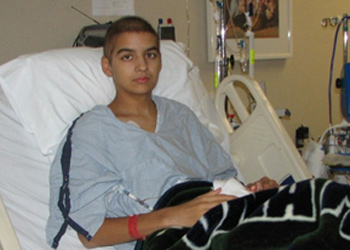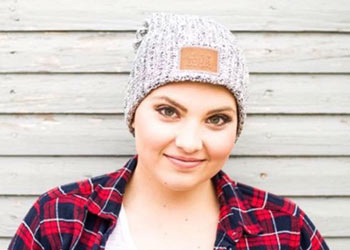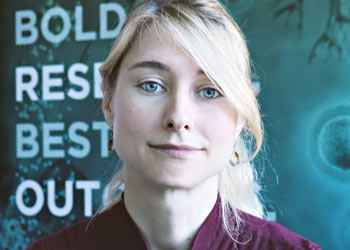By Caitlyn Barrett, PhD, Senior Director of Research & Programs, CureSearch for Children’s Cancer
When you think of a rare disease, does pediatric cancer come to mind? It should. In the US, a disease is considered rare if it affects less than 200,000 people. About 17,000 children are diagnosed with cancer every year and these 17,000 patients are subdivided into smaller groups when you consider individual pediatric cancer diagnoses such as rhabdomyosarcoma, neuroblastoma and medulloblastoma. These are unique cancer types, originating from different cell types and containing different drivers that require unique treatments. Limited federal funding for pediatric cancer must be shared for research across 12 tumor types and hundreds of subtypes.
Cancer is the number one disease killer in children but being considered a rare disease presents obstacles when it comes to funding.
An Urgent, Unmet Need
Despite the name, rare diseases aren’t that rare. According to the FDA, more than 30 million people in the US alone have a rare disease. Many rare diseases are life threatening and most don’t have FDA-approved treatment options.
Although millions of people around the globe are diagnosed with a rare disease, investing poses challenges due to the small patient population size. Limited research support leads to slower development of new treatment options, new drugs and clinical trials.
This is also the case, especially for rare and difficult-to-treat pediatric cancers. While survival rates for the most common types of childhood cancer have greatly increased in recent years, there has been little improvement in the prognosis for many less common and more aggressive tumor types. For many high-risk subtypes, long-term survival rates are often less than 50%. Others, like the brain tumor diffuse intrinsic pontine glioma (DIPG), remain incurable.
In 2012, CureSearch for Children’s Cancer became a privately funded organization, affording us the opportunity to examine the field of childhood cancer research and treatment, and re-engineer our research portfolio to demand real patient impact from our funding.
Closing the Funding Gap
A large portion of basic or discovery phase research is funded through federal agencies, and industry support for drug development increases as the potential for commercialization increases, generally during late-phase clinical trials. There is a gap in funding for those areas in between, where translational, preclinical and early phase clinical trials lie.
CureSearch bridges the translational funding gap by supporting projects with commercial potential and the ability to quickly reach patients who need new treatment options. Our Scientific and Industry Advisory Councils include leaders from the FDA, pharmaceutical and biotechnology companies, and clinical research organizations, all of whom review submitted projects and evaluate them for scientific merit, clinical feasibility and commercialization potential.
Our three distinct research programs – Young Investigator, Acceleration Initiative and Catapult Awards – fund translational, pre-clinical and clinical research, and prioritize innovative therapies that have strong potential to lead to more effective and less-toxic therapies, including novel targeted therapeutics, immunotherapy and combination therapies.
A recent example of our funding impact comes from Catapult Award recipient, Dr. Crystal Mackall of Stanford University. Her team published results from her clinical trial using Car T-cell therapy to treat patients with diffuse intrinsic pontine glioma (DIPG) and diffuse midline glioma (DMG). The trial demonstrated an ability to shrink their tumors and significantly reduce symptoms in a way not seen before for these tumors.
Because of the dire need for increased funding for pediatric cancer research, more than 1,000 pediatric cancer foundations have formed across the U.S. to support research needs. We’ve adapted a strong co-funding model and partnered with other childhood cancer foundations, such as the Rally Foundation for Childhood Cancer Research and the SebastianStrong Foundation, to fund projects that are working to develop new therapies for hard-to-treat tumors.
With support from our generous donors, partners, advocates and fundraisers, CureSearch is overcoming those obstacles and funding next-generation research that will deliver safe, effective treatments for children with cancer – because our kids deserve better.
To learn more about how you can support childhood cancer research, visit https://curesearch.org/donate-to-childrens-cancer-research.



